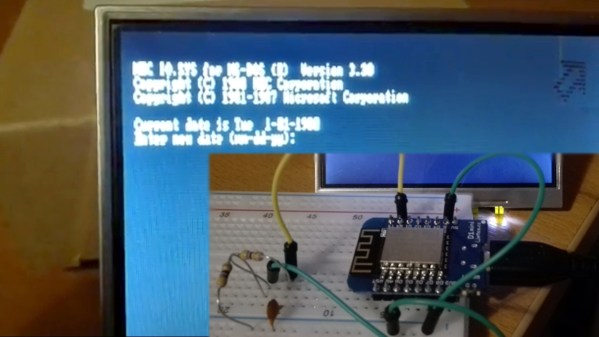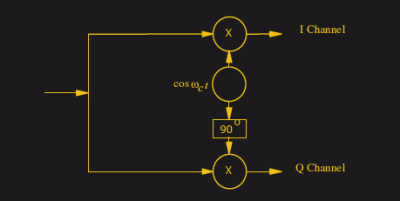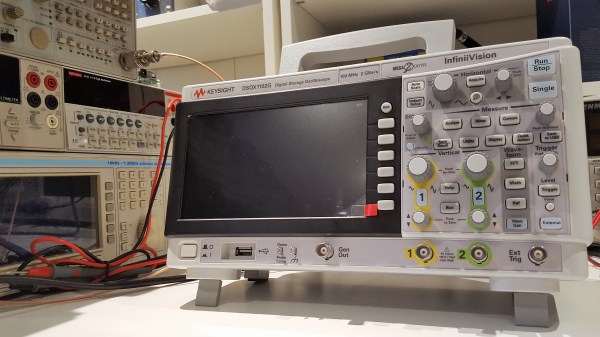The guitar ‘Toing’ sound from the ’70s was epic, and for the first time listener it was enough to get a bunch of people hooked to the likes of Aerosmith. Reverb units were all the rage back then, and for his DSP class project, [nebk] creates a reverb filter using Matlab and ports it to C++.
Digital reverb was introduced around the 1960s by Manfred Schroeder and Ben Logan. The system consists of essentially all pass filters that simply add a delay element to the input signal and by clubbing a bunch together and then feeding them to a mixer. The output is then that echoing ‘toing’ that made the ’80s love the guitar so much. [Nebk]’s take on it enlists the help of the Raspberry Pi and C++ to implement the very same thing.
In his writeup, [nebk] goes through the explaining the essentials of a filter implementation in the digital domain and how the cascaded delay units accumulate the delay to become a better sounding system. He also goes on to add an FIR low pass filter to cut off the ringing which was consequent of adding a feedback loop. [nebk] uses Matlab’s filter generation tool for the LP filter which he includes the code for. After testing the design in Simulink, he moves to writing the whole thing in C++ complete with the filter classes that allows reading of audio files and then spitting out ‘reverbed’ audio files out.
The best thing about this project is the fact that [nebk] creates filter class templates for others to play with. It allows those who are playing/working with Matlab to transition to the C++ side with a learning curve that is not as steep as the Himalayas. The project has a lot to learn from and is great for beginners to get their feet wet. The code is available on [GitHub] for those who want to give it a shot and if you are just interested in audio effects on the cheap, be sure to check out the Ikea Reverb Plate that is big and looks awesome.



















